Indicators search engine
HEALTH STATUS
LIFESTYLES
SOCIODEMOGRAFIC FACTORS
ENVIRONMENT AND HEALTH
PERSONAL DEVELOPMENT
ENVIRONMENT AND HEALTH
Environmental factors that can determine people's health
HEALTHY ENVIRONMENT
WATER AND SANITATION
TRANSPORT AND MOBILITY
AIR QUALITY
AIR QUALITY
PM₁₀ suspended particles concentration in the Girona region
Empitjora
Okay, here is that text translated into English:
The PM10 suspended particles are an atmospheric pollutant composed of small solid and liquid particles of very small organic or inorganic substances, with a diameter between 2.5 and 10 µm (one thousandth of a millimeter) that float in the air. The main components of PM10 are sulfates, nitrates, ammonia, sodium chloride, black carbon, mineral dust (such as nickel, cadmium, arsenic and lead) and water.
These particles come from various sources, such as the combustion of fossil fuels, industrial activity, road traffic and forest fires.
Exposure to PM10 can have negative effects on health, especially on the respiratory and cardiovascular systems. These particles can penetrate deep into the lungs and cause respiratory problems, such as asthma, bronchitis and chronic obstructive pulmonary diseases (COPD). In addition, they have also been linked to cardiovascular diseases, lung cancer and premature mortality.
The Observatory monitors the concentration of PM10 in the municipalities of the Girona region in order to monitor air quality and its possible impacts on the health of the population. This indicator shows the annual average of PM10 and the 90.4 percentile, which represents the value below which 90.4% of the data is found.
This indicator allows us to:
Identify the areas with the highest levels of PM10 and, therefore, with a higher risk to health.
Analyze trends over time to see if air quality is improving or worsening.
Compare the situation in the Girona region with other areas and with the limit values established by regulations and the maximum values recommended by the World Health Organization (WHO).
Design and implement policies to improve air quality and protect public health.
Additional information:
European and Spanish regulations establish an annual limit value (ALV) for PM10 of 40 µg/m3.
The World Health Organization (WHO) recommends a more restrictive value of 15 µg/m3 for the annual average of PM10.
The 90.4 percentile is an indicator used to assess short-term exposure to PM10 and identify pollution peaks.
This indicator has been constructed from the annual PM10 models published by the Department of Territory, Housing and Ecological Transition.
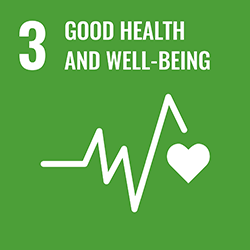











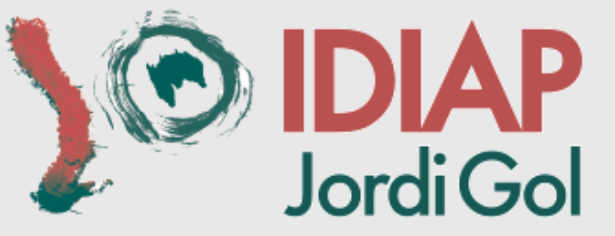

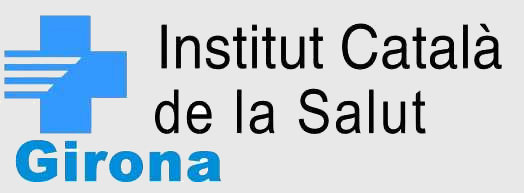


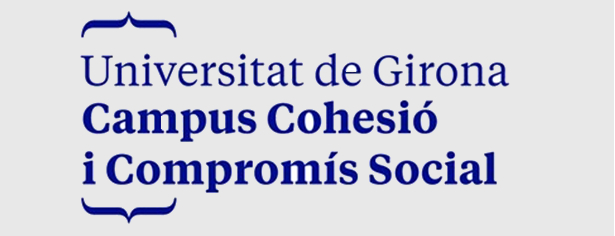
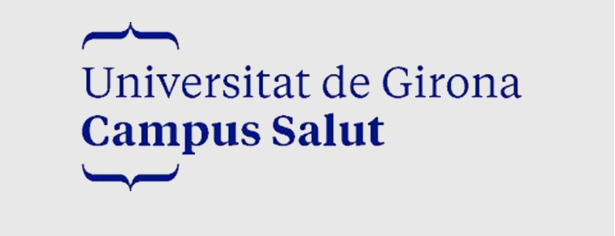

.png)
